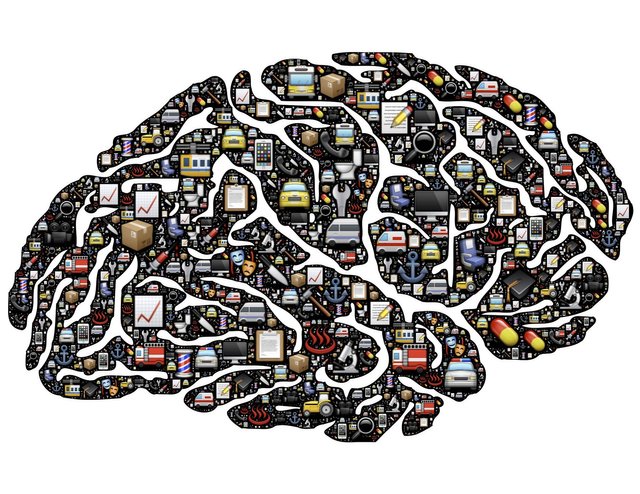ADHD and ADD – Prehistoric Relicts
Why doesn't erase ADHD and ADD from the human genome? Actually it seems that it is doing so. But it is slow as even not that long ago these disorders were useful.

Image by John Hain from Pixabay
- Be also sure to check out my other posts and follow me @kralizec and subscribe to my Youtube channel at Kralizec Gaming Youtube Channel
Attention deficit disorder and attention-deficit/hyperactivity disorder (better known as ADD and ADHD) are mostly genetic. About 5 % of children suffer from these evolutionary disorders and often it lasts even to adulthood.
Children with ADD or ADHD have a big handicap in life. They find it hard to concentrate on given tasks and they also have problems to finish their work. This usually starts with problems inside the family and the problems only increase as the children start going into school.
From an evolutionary standpoint, these disorders do not make much sense. All the bad gene variants should be eliminated by natural selection and those who carry them should have fewer descendants making it less probable these genes will continue to exist. So, if these genes persist they aren't as bad as we thought or that they even carry some sort of advantage we do not see.
Mismatch Theory
So evolutionary biologists think this is because of the so-called mismatch theory. This theory says that as human civilization rose it changed what is and what isn't beneficial for humankind as a biological species. Good examples are genes that take care of our metabolism.
It was advantageous for our ancestors to get as many nutrients from food as possible and then store them as fat. This was especially beneficial when our ancestors were still hunters and gatherers because their efficient metabolism allowed them to survive times when food was lacking.
But now, now we have a plethora of foods rich in nutrients. So, the efficient metabolism is a detriment to us as it makes us get too many nutrients from our food and get obese.
An international team led by Oscar Lao from the Universitat Pompeu in Barcelona seems to prove that the mismatch theory can explain why ADHD and ADD exist even in the current human population.
Prehistoric ADD/ADHD – Good
Oscar Lao and his coworkers analyzed the genetic information of 20,000 people suffering from ADHD and compared it to the genetic information of people who do not suffer from this disorder. They found many genes that increase the chance to have ADHD. But at the same time, they found that these genes are often in places where changing them would lead to other serious defects.
So, it will not be easy to get rid of ADD and ADHD. The price would be too high. The low amount of genes that can cause ADHD in places where changes were possible without serious defects indicates that evolution has already tried to get rid of these disorders.
The scientists also studied the genetic information of neanderthals and prehistoric Homo sapiens and found that ADHD was much more common in their populations. It was especially common in neanderthals. So, when our ancestors cross-bred with them our inclinations to ADHD only increased. Maybe it was beneficial for our ancestors as living in those times was quite though.
The major change came about 10,000 years ago when our ancestors started to switch to a more permanent lifestyle as they also started to farm more than gather and hunt. The high impulsivity that may have been beneficial to the life of hunters and gatherers was suddenly not a benefit but a disadvantage.
Thus, the current state of ADHD is likely the result of a very short evolutionary purge and we can only expect the disorders to be less common in the future.
Sources:
- If you like the content I’m producing about science maybe you will like the content I produce about gaming as well! Be sure to check out my other posts!